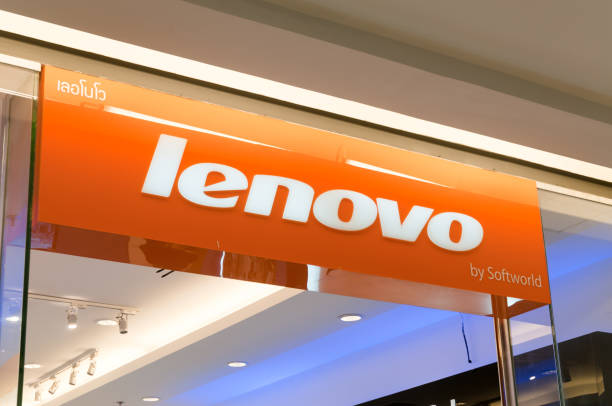Financial Fusion: Unveiling the Art of Cross-Collateralizing for Enhanced Investment Potential

In the ever-evolving landscape of finance, savvy investors are constantly exploring innovative strategies to maximize their investment potential. One such method that adds a layer of sophistication to financial maneuvering is “cross collateralizing.” This article delves into the intricacies of this financial art form, unveiling the potential benefits and considerations that come with blending assets in the pursuit of strategic financial growth.
Decoding Cross-Collateralizing:
Cross-collateralizing, akin to a financial fusion, involves leveraging multiple assets to secure a loan or credit. Instead of using a single asset as collateral, this strategy involves pooling various assets to strengthen borrowing capacity and potentially access more favorable terms.
The Canvas of Assets:
Real Estate Palette: Properties, both residential and commercial, stand as sturdy pillars in the cross-collateralizing palette, offering a tangible foundation for financial maneuvers.
Liquid Assets Brushstroke: Cash, stocks, and other liquid assets contribute a fluid element to the canvas, enhancing flexibility in the cross-collateralization strategy.
Vehicular Dimensions: High-value vehicles, such as luxury cars or yachts, can be included in the mix, adding dynamic layers to the collateral structure.
Investment Portfolios as Strokes of Diversification: Stocks, bonds, and other investment portfolios serve as strokes of diversification, enriching the overall composition and potentially mitigating risks.
Benefits of Cross-Collateralizing:
Amplified Borrowing Capacity: By combining assets, investors can amplify their borrowing capacity, accessing larger sums of capital for ambitious projects or investments.
Enhanced Negotiating Power: The diversified collateral base may empower investors with enhanced negotiating power, potentially securing more favorable interest rates and terms.
Strategic Portfolio Growth: Cross-collateralizing allows for strategic portfolio growth, leveraging different asset classes to optimize returns and balance risk.
Flexibility in Asset Utilization: The flexibility offered by cross-collateralization enables investors to utilize various assets without necessarily liquidating them, preserving long-term investment strategies.
Considerations and Cautionary Notes:
Risk Awareness: While cross-collateralizing can amplify potential rewards, it also amplifies risks. Investors must be vigilant and assess the potential impact on their overall financial standing.
Asset Valuation Dynamics: Fluctuations in the market value of assets can impact the effectiveness of cross-collateralization. Regular assessments and adjustments are essential to maintaining a robust financial structure.
Loan Structure Understanding: Investors should thoroughly understand the terms and conditions of the loans secured through cross-collateralization to ensure alignment with their financial goals and risk tolerance.
Conclusion:
In the realm of sophisticated financial strategies, cross-collateralizing stands as a canvas where various assets blend to create a masterpiece of enhanced investment potential. As investors explore this financial art form, understanding the nuances, benefits, and potential risks becomes crucial. With the right balance and strategic foresight, cross-collateralization can be a powerful tool, allowing investors to paint a picture of financial growth and diversification that goes beyond traditional boundaries.































































































































































































































